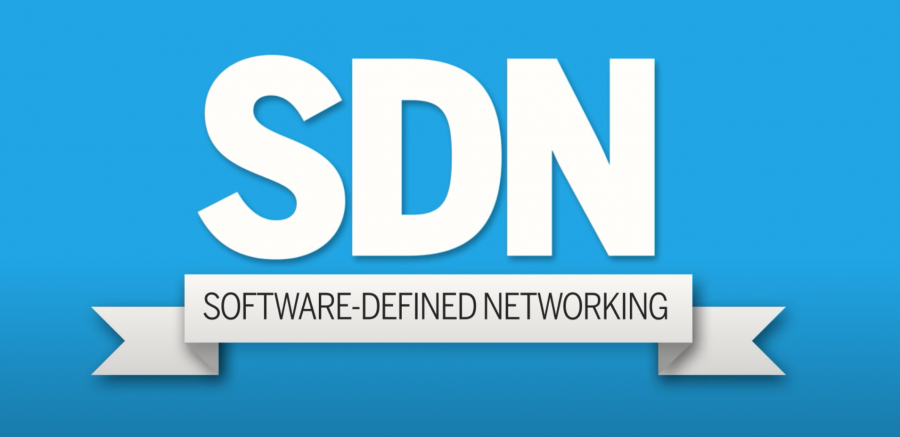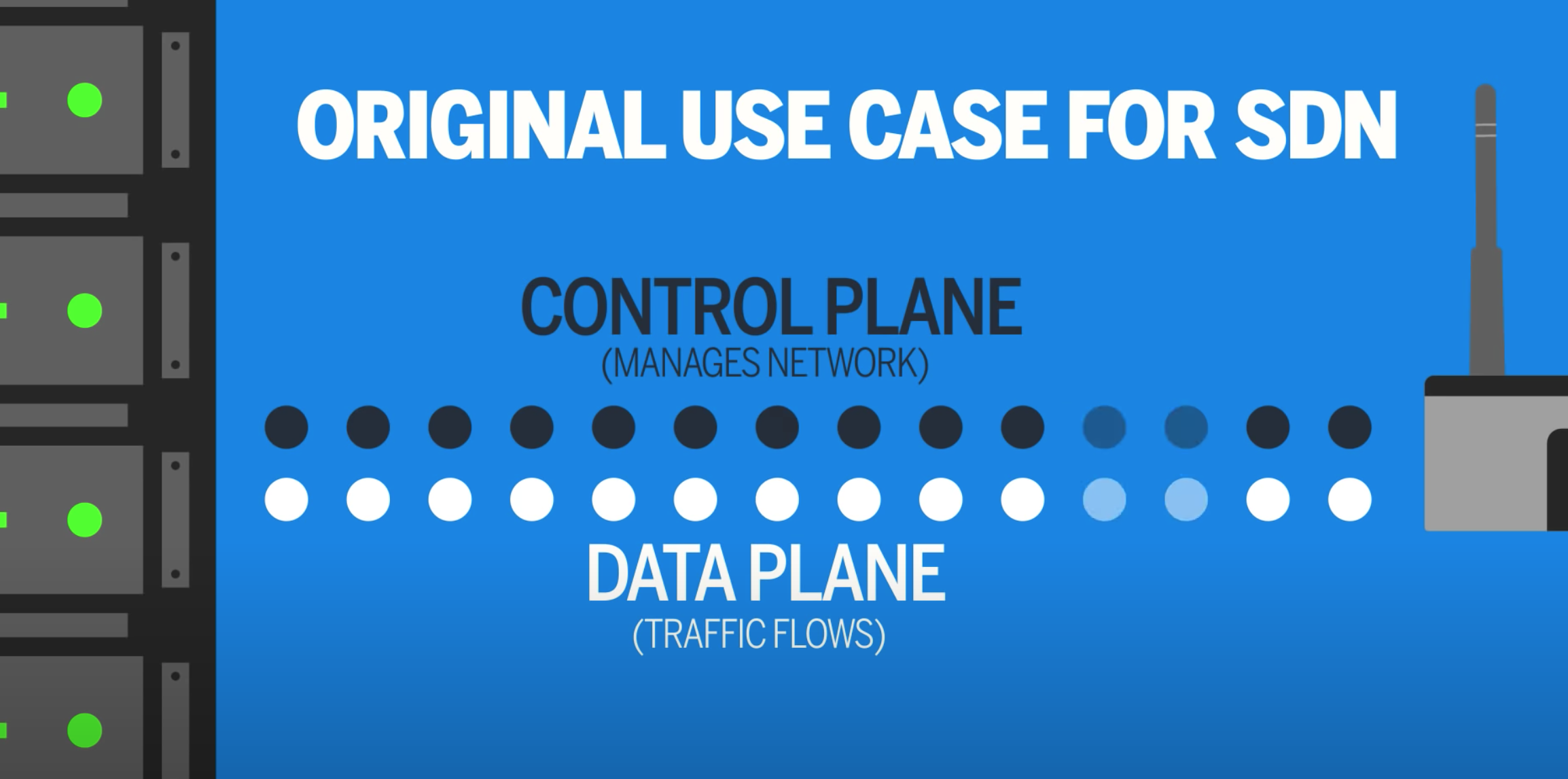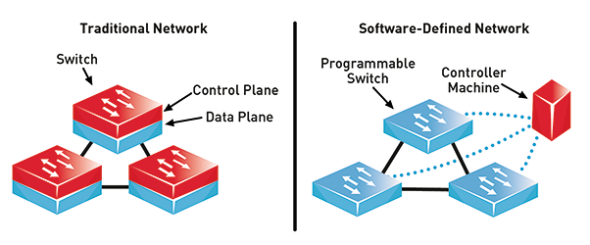What is software-defined networking (SDN)?

In recent years software-defined networking (SDN) has emerged as the next big thing in the networking industry. So where are we now?
Researchers at Standford are credited with creating the idea of bringing the tenents of virtualization to networking, and thus software-defined networking as born. Traditional networking uses integrated hardware and software to direct traffic across a series of routers and switches.
The original use case for SDN was to virtualize the network by separating the control pane that manages the network from the data plane where traffic flows. There is smart controller running a specialized software that manages all networking traffic in a data center, and series of routers and switches that forward packets of traffic.
Virtualizing the networks comes with advantages:
- Networks can be spun up and down dynamically
- Fune-tune the networks for specific application use cases.
- The security policies can be installed on each network.
Today the SDN market has evolved, and it’s breaking out of the data center. SDN is being used in the Wide Area Network to control how enterprises connect to their branch offices. This use case called SD-WAN uses software to aggregate multiple types of network connections to create strong and cost-effective connections.
Some vendors are using SDN to connect data centers to public cloud providers, creating a hybrid cloud network that includes microsegmentation or dynamic scaling abilities. Other SDNs could be used to help manage the deluge of traffic from the Internet of Things, segmenting network traffic and helping to organize the data.
In conclusion, SDN has evolved from a specific use case to being applied to many different areas of networking. As software is used to control the network, it becomes more agile, easier to manage and It is ready to adapt to whatever use cases emerge in the future.
Alba & Rafa

